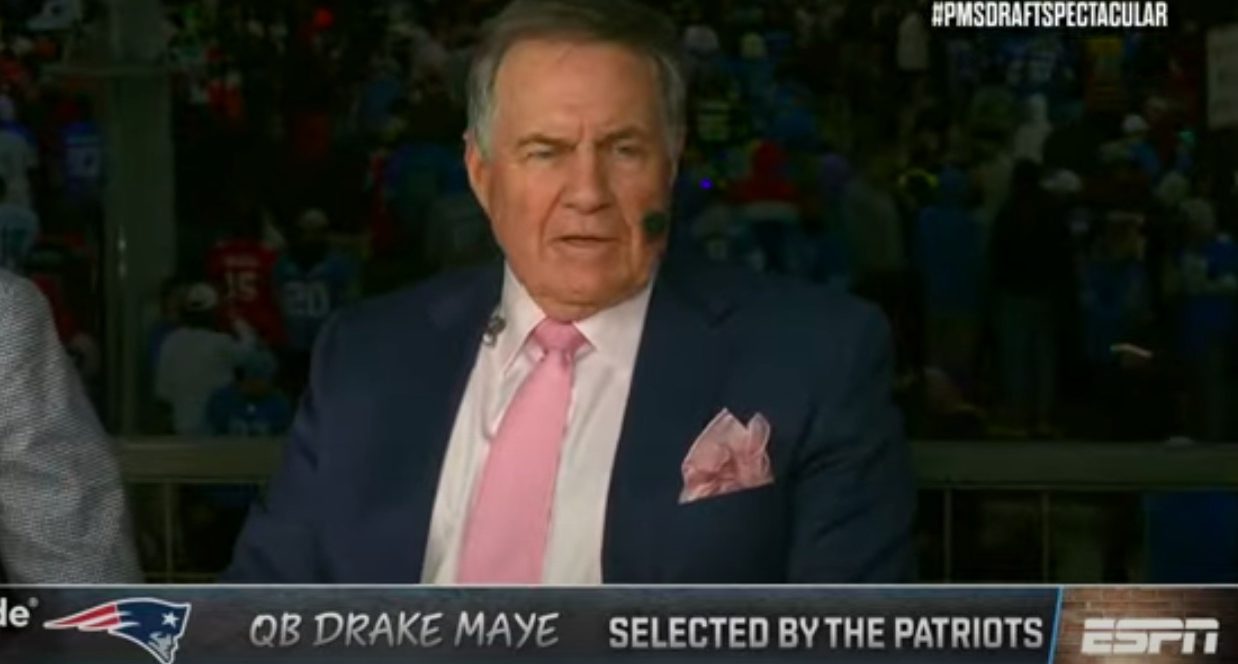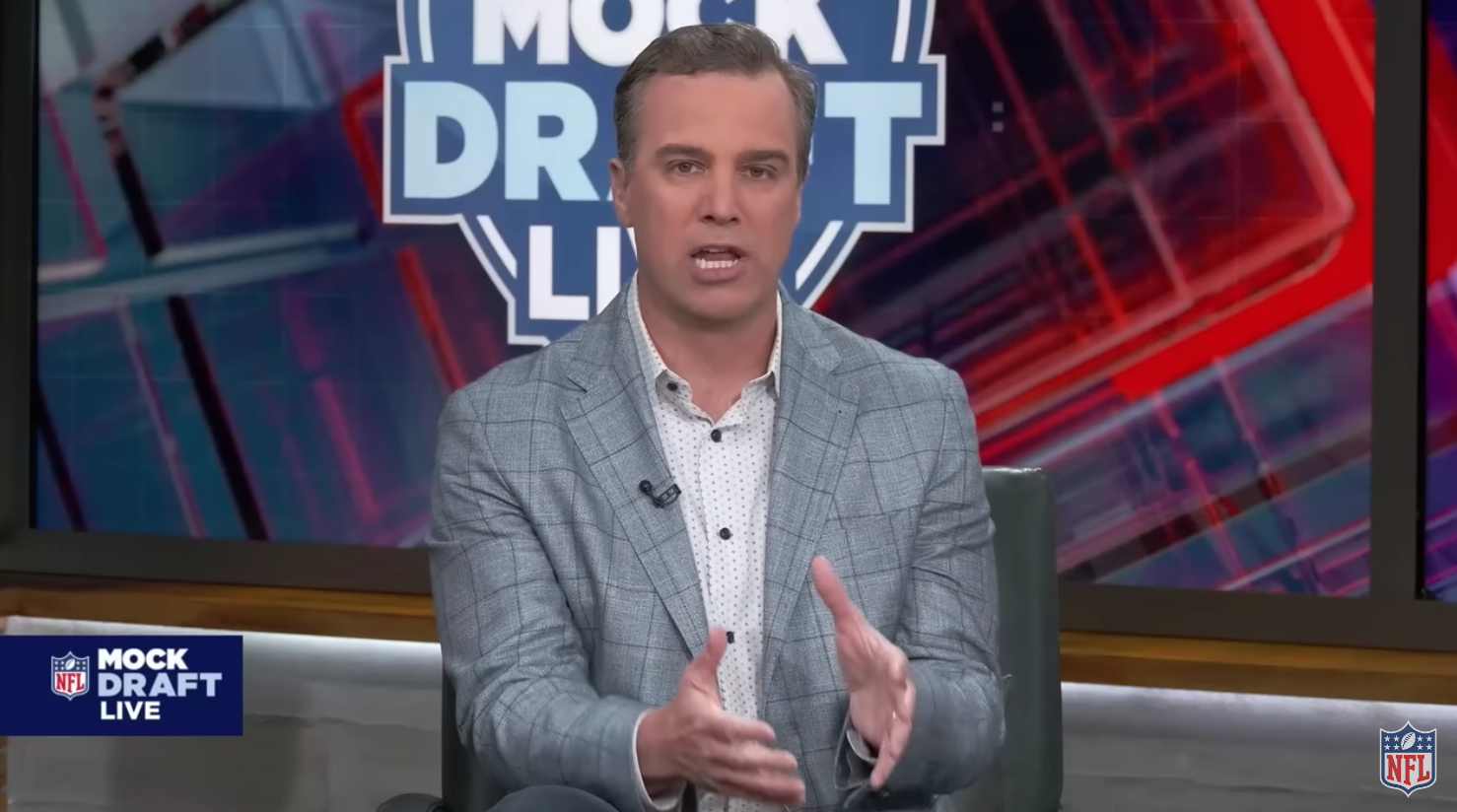Something interesting is going on at Time Inc. right now. Apparently, they are laying off writers based on whether or not they are deemed beneficial to advertisers. This is especially the case at Sports Illustrated, where layoffs have been a major story in recent years.
Gawker has more info:
…an internal Time Inc. spreadsheet that was used to rank and evaluate “writer-editors” at SI.com. (Time Inc. provided this document to the Newspaper Guild, which represents some of their employees, and the union provided it to us.) The evaluations were done as part of the process of deciding who would be laid off. Most interesting is this ranking criteria: “Produces content that [is] beneficial to advertiser relationship.” These editorial employees were all ranked in this way, with their scores ranging from 2 to 10.
Anthony Napoli, a union representative with the Newspaper Guild, tells us: “Time Inc. actually laid off Sports Illustrated writers based on the criteria listed on that chart. Writers who may have high assessments for their writing ability, which is their job, were in fact terminated based on the fact the company believed their stories did not ‘produce content that is beneficial to advertiser relationships.'”
I spent a while trying to figure out exactly what this meant. Are we talking about instances where writers are so offensive that no one wants to be associated with them? Or is this a gradual process where multiple advertisers over a period of time have said “hard pass” about wanting their ads on the same pages as columns by certain writers? Are they just not renewing campaigns because of certain people? Or does it come down to how many click-throughs advertisers get from those writers? How does one even get scored? SO MANY QUESTIONS.
Advertising revenue is essential to web sites – it’s how we’re able to access the content for free and how we’re able to get more of what we want in terms of said content (complain all you want about pre-roll video ads – they’re here to stay). So if certain writers are constantly alienating their audience and advertisers alike, it would be a problem. However, we don’t know if there is more to it than that, and the Newspaper Guild has actually filed arbitration disputing the use of that criteria.
A spokesman for Sports Illustrated came back to Gawker with the following comment:
The Guild’s interpretation is misleading and takes one category out of context. The SI.com evaluation was conducted in response to the Guild’s requirement for our rationale for out of seniority layoffs. As such, it encompasses all of the natural considerations for digital media. It starts and ends with journalistic expertise, while including reach across all platforms and appeal to the marketplace. SI’s editorial content is uncompromised and speaks for itself.”
It sounds like when they have to make hard decisions, they look at more than just the quality of writing. That’s a troubling reality for the profession, but it is a reality that exists today. It’s not just about external relationships – internal ones also matter. Either way, it sounds like more layoffs are on the horizon, unfortunately. What other criteria will go into the decision of who stays and who goes, and just how much those ad dollars remain a factor, will likely stay a mystery.








Comments are closed.